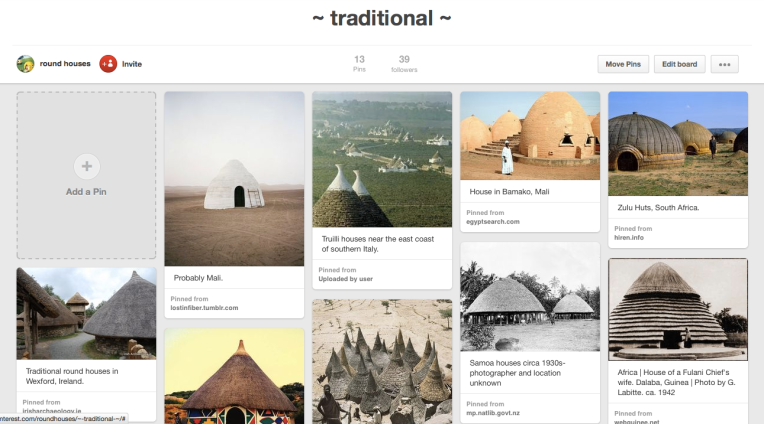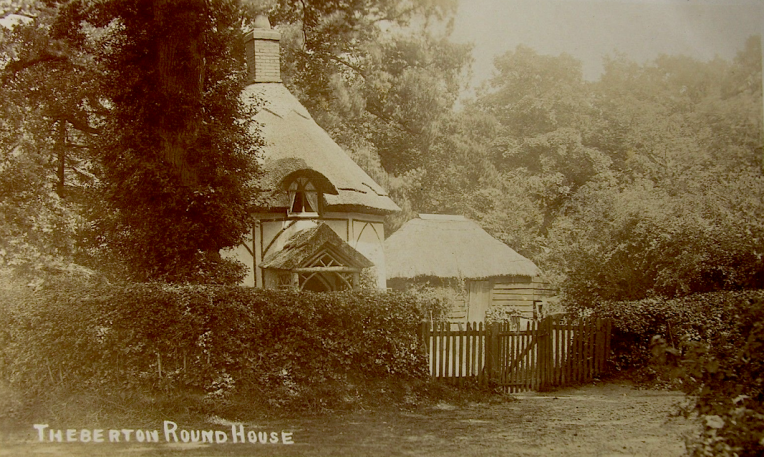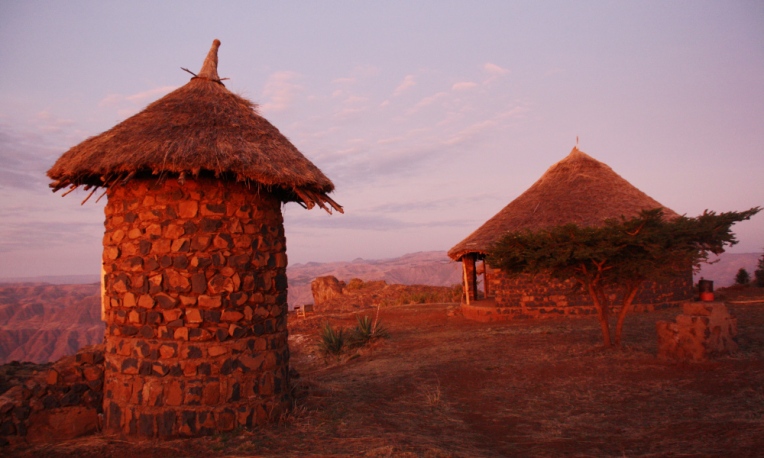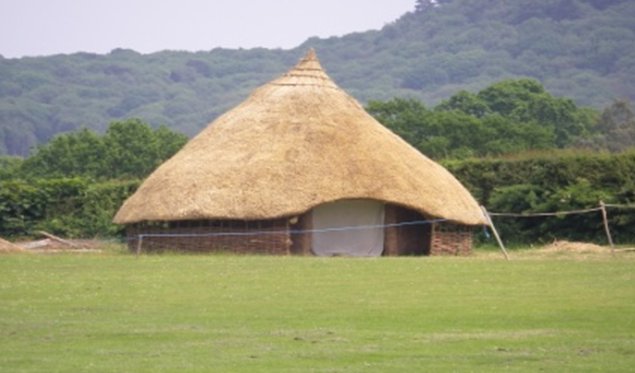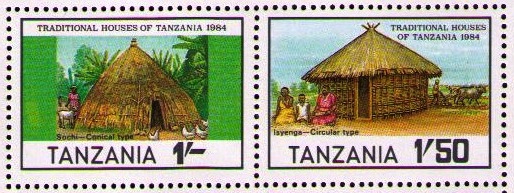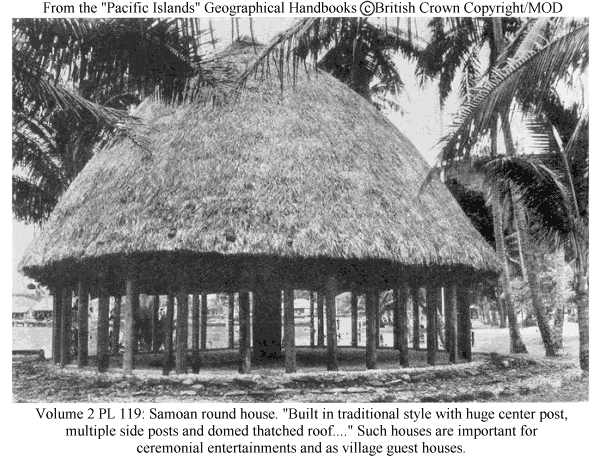A diverse array of traditional round houses — from Ethiopia to Ireland — via round houses on Pinterest –
traditional
round houses of snow
An Inuit (Eskimo) village, as seen in 1861 –
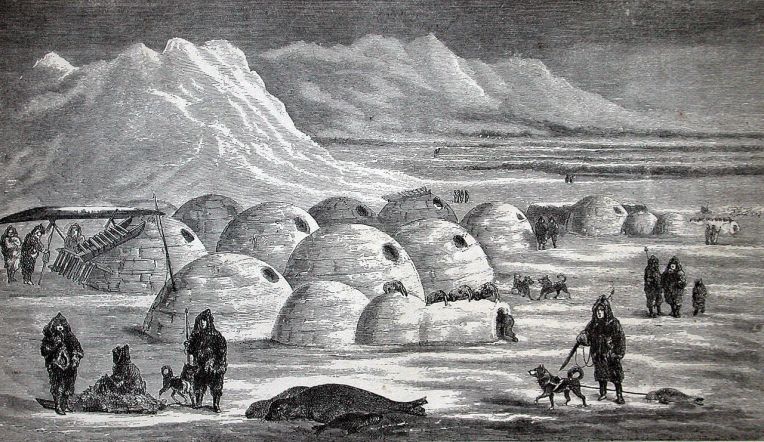 The illustration is from Charles Francis Hall’s Arctic Researches and Life Among the Esquimaux, published in 1865.
The illustration is from Charles Francis Hall’s Arctic Researches and Life Among the Esquimaux, published in 1865.
ye olde round house
round houses with a view
revisiting the bronze age in britain
Once upon a time — about 2,500 years ago — people in what is now Britain switched from building rectangular houses to building round houses: in many instances, small circular structures with wooden walls made of wattle and daub, no windows, a conical roof, and a single entrance. And for more than 2,500 years, from the early Bronze Age to the late Iron Age, they stuck with this circular design, even while people in the rest of Europe — or what later became Europe — lived in rectangular structures.
It was with the Roman conquest that the British, too, began to adopt rectangular house designs. But evidence of the region’s history of round construction can still be found in archeological sites all over the UK, from Dartmoor, Devon, England, to Aberdeenshire, Scotland.
In recent years, a number of replica round houses have been built. Below is one in Burwardsley, Cheshire, which is open to school groups and other visitors –
traditional round houses of tanzania
traditional samoan round house
cornish round houses
Round houses have been built in Cornwall, in the UK, since the Iron Age. The hillside iron age village of Carn Euny, in Cornwall’s western extremity, is now an archeological site with numerous round house remnants.
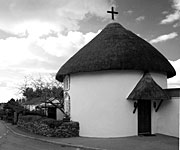 Although other building forms became dominant, the tradition of building round houses survived for centuries. Veryan, on the south coast of Cornwall, has five nineteenth-century thatch round houses, two pairs at each end of the village and one in the center. The houses were built by a vicar for his daughters, reportedly because he believed the absence of corners gave the devil nowhere to hide.
Although other building forms became dominant, the tradition of building round houses survived for centuries. Veryan, on the south coast of Cornwall, has five nineteenth-century thatch round houses, two pairs at each end of the village and one in the center. The houses were built by a vicar for his daughters, reportedly because he believed the absence of corners gave the devil nowhere to hide.
